Review: Sharp Aquos Crystal for Boost Mobile
Oct 21, 2014, 2:30 PM by Eric M. Zeman
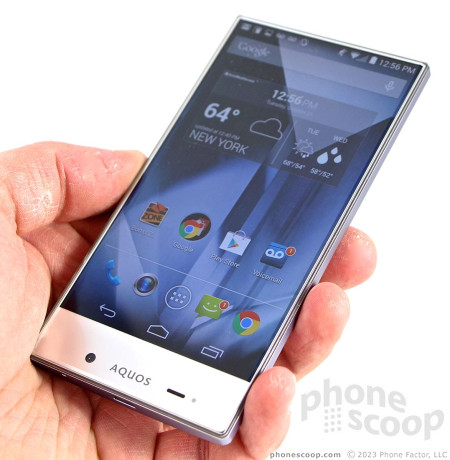
Sharp has delivered an interesting handset in the Aquos Crystal, which features a 5-inch screen with practically no surrounding bezel. This futuristic-looking smartphone aims to trounce other mid-range contenders on Sprint's pre-paid Boost Mobile. Does it get the job done? Find out in Phone Scoop's full report.
Form
Is It Your Type?
A phone like the Sharp Aquos Crystal is for those who like to stand out from the crowd and be different. It's no cookie-cutter Galaxy, Droid, or Apple product, and instead brings some unique features to the market. If you're looking for something off the beaten path, the Aquos Crystal is worth gazing into.
Body
Sharp's approach to the Aquos Crystal is laudable. It set out to design a phone that's all screen, or at least as close as possible. The Aquos features a nearly bezel-less design, meaning there are minimal side and top edges framing out the display. Most phones have thick bezels above and below the screen, with thinner ones on the sides. The Crystal all but eliminates the bezel along the sides and top. Sharp couldn't get rid of the bezel completely, of course, and stuffed a lot of functionality into the thick bezel that forms the bottom of the Crystal. In designing an edgeless device, Sharp also created an odd-looking one.
I must admit, the first time I saw the Crystal I thought it was ugly as hell. The design looked unbalanced and awkward. After using the phone for nearly a week, my opinion of its basic look has changed. It's different in a good way. It has a futuristic, science-fiction appeal to it that is definitely unique. It managed to grow on me over time, though I suspect some will still be put off by its appearance.
Beyond Sharp's treatment of the display, the phone has a minimalist take on design. The black screen has a bright silver-colored panel below it containing the user-facing camera, microphone, and light sensor. The sides are squared off and formed by a metallic frame that gives the Crystal some strength. The back is formed by either a white or a dark gray polycarbonate panel. It is curved to help fit in your hand a bit better.
Usually devices with 5-inch screens are sizable. The edgeless design of the Crystal, however, allowed Sharp to really keep the dimensions in check. It's the same size as (and in some cases smaller than) some devices with 4.7-inch screens. The materials used in its construction are generally good and the overall fit and finish is pretty solid. Sharp assembled the phone well. The Crystal should fit into most pockets without issue.
The volume toggle is found on the left edge of the Crystal. It has a good profile, but travel and feedback could be a little bit better. There are no buttons on the right edge, not even a camera key. The screen lock / power button is on top. Its placement is a little awkward; it's too close to the side edge of the phone. The profile is a bit too small, and travel and feedback aren't great. The stereo headphone jack is also on top and the microUSB port is on the bottom. There are no buttons on the front of the phone, as the Crystal uses the on-screen controls for Android.
The Crystal's rear cover peels off easily. Sadly, the battery is built into the phone and cannot be removed or replaced by owners. Removing the back cover only provides access to the memory and SIM card slots, which are easy to use.
The Sharp Aquos Crystal isn't for everyone, but I'm sure it'll find fans out there somewhere.
Performance
Screen
Sharp generated a lot of fuss in designing a nearly edgeless screen, but perhaps it should have sunk a few more dollars into making the display itself a little bit better. The panel measures 5 inches across the diagonal and has 1280 x 720 pixels. It earns the basic "HD" moniker, though many devices with five-inch screens offer full HD resolution. Normally I don't mind 720p screens overmuch, but the Crystal's just isn't up to par. It's plenty bright and has great viewing angles, but pixels are visible everywhere along the edges of icons, widgets, and text. Sharp could have made a much sharper screen. However, it is neat to look at such a big screen that has no bezel.
Signal
As most Sprint / Boost phones are wont to do, the Crystal wandered in between 3G and LTE 4G in the greater New York City area. Even though I live in a region covered by "the best" LTE service from Sprint, the Crystal spent an awful lot of time stuck on 3G. The Crystal did connect calls no matter what the signal indicator read. In fact, it connected all calls on the first dial. Data was slow on 3G, as you'd expect, and picked up a bit when the phone managed to connect to LTE. I obtained the best network performance when surfing in areas that advertise Sprint Spark service. In other words, the Crystal performed on par with most devices I've tested on Sprint's network in the area.
Sound
The first time you make a phone call with the Aquos, you might find yourself searching for the earpiece speaker. No bezel means no speaker. Instead of using a traditional speaker, Sharp made the entire screen a speaker. It's a novel approach, to be sure. Most phone calls sound good through the Sharp. It's not going to win any awards for clarity and volume, but both are good enough that I was able to hold conversations in most environments. The speakerphone is a bit on the quiet side and was more apt to suffer from interference and noise. It suffices for use at home or in the office, as long as the environment isn't too loud. Ringers and alert tones are acceptable, but could be a lot better. The vibrate alert is average. I missed some calls because it was too faint to feel in a bulky windbreaker pocket.
Battery
The Crystal has a 2,040 mAh battery locked inside and it does a pretty good job of keeping the phone up and running throughout the day. Most days, the device had no trouble holding a charge from 8 AM to about 10 or 11 PM with average use. Intense use (streaming video, downloading apps) seemed to drain it slightly faster. The worst it did was to conk out at 9 PM one day. I'd be happier if the phone had power to spare come midnight, but it's often on its last breath at that point. In other words, maybe keep a spare charger or portable battery handy for those extra long days.
Basics
Menus
The Crystal uses Android 4.4.2 KitKat as its backbone. Sharp hung its own flesh over the core operating system, but the appearances are only skin deep. The home screens look a bit different, but many of the underlying menus rely on stock Android in both appearance and functionality.
The lock screen offers minimal utility. It can show notifications, but the only shortcut opens the camera. In other words, you won't be jumping from the lock screen to the phone or your messages. There are five home screens active out of the box, and thankfully only two of them have any content pre-loaded. The Android controls appear below the dock as needed.
The main app menu is more or less unchanged from stock Android, as are the notification tray and the settings menu. Disappointingly, the main app menu only supports an alphabetical grid view of apps; you can't arrange them in your own preference, nor drop them into folders. (Icons on the home screen panels, of course, can be arranged however you like and do support folders.) Swipe one finger from the top of the screen to access the basic notification tray, or swipe two fingers to access toggles for radios and other controls. The settings tools are plain text laid out in a plain vertical menu. Google Now is available by swiping up from the bottom of the screen.
Like many Sprint / Boost Mobile / Virgin Mobile devices, the Crystal includes Boost Mobile iD. With Mobile iD, you can download theme packs for the Crystal. The packs generally include wallpapers, ringtones, and sometimes third-party apps — all based on a central concept such as "work" or "cars" or "music." Sprint iD has been around a while. It works fine and the selection of theme packs is solid, but many of them contain unwanted junk.
I didn't see any performance hiccups with the Crystal. It has a 1.2GHz quad-core Snapdragon 400 processor with 1.5GB of RAM. This combo was enough to keep the Crystal running smoothly while I reviewed it. As I've said with other phones running this processor, about the only issue I've noticed is that it takes longer to download/install apps.
Calls and Contacts
Like the menu system, the Crystal uses the stock phone and contact applications. They work the same across all Android 4.4 KitKat phones.
There are tabs across the bottom of the phone app screen offering access to the dialpad, call log, and contacts. The dialpad is nice and big, and the in-call tools run the regular lot. The speakerphone, mute function, and Bluetooth radio all have distinct on/off switches that make them easy to decipher and use when in the middle of a call.
The contact app includes its own tabbed home screen, which separates contacts between the entire list, favorites, and groups (if you have any). Individual contact cards can hold tons of data and sync seamlessly with pretty much any account you care to use. There are several home screen widgets, too, as well as the ability to put direct actions to select contacts on the home screen.
Messaging
The Crystal includes all the same messaging apps found on other Sprint/Boost phones. Most of the messaging functions are Google's services, such as Gmail, Google+, Hangouts, and so on. All the Google apps work without issue, just like on every other Android device.
Sprint has set the stock Android messaging app as the default for SMS/MMS. Since Google now lets Android device owners pick which app they want to use for SMS, you can ditch the stock app if you want and use Google's Hangouts app instead. Hangouts combines SMS, instant messaging, and — if you pair it with your Google Voice number — phone calls.
Neither Facebook nor Twitter is pre-installed, so you'll have to download them from the Play Store yourself.
Extras
Media
The Crystal includes the basic Google Play apps, including Music & TV, Video, Books, Newsstand, and Games. You can use the Play Store to purchase or rent content and then consume it in the corresponding app. These apps are fairly mature and haven't changed much in the last year or so. They work just fine. The Crystal lacks basic MP3/video player apps for sideloaded content.
The Crystal also includes NextRadio for listening to local FM radio stations. It's a bummer that it requires headphones (to act as an antenna,) although that's common. NBA fans will be happy to have access to news and video clips via the NBA Game Time app. The Boost Music app is onboard. It functions just like the Sprint Music Plus app, but with Boost branding. It's better for discovering ringtones than it is the latest hits. There are no third-party video apps/services.
Audiophiles might be pleased by the presence of Harmon Kardon's ClariFi and LiveStage technology. ClariFi can help restore the quality of compressed audio. It can only be used when headphones or Bluetooth speakers are connected to the Crystal. I used the Crystal with both $30 headphones and $500 headphones and I heard only minimal improvements in the sound when ClariFi was turned on. It's better, but only slightly. Similarly, LiveStage claims to offer a more realistic headphone listening experience. Basically, it plays with how your ears perceive the stereo soundstage. The difference is best realized when you close your eyes and imagine yourself in an empty room. Turning LiveStage on and off alters where you think the sound is coming from in the room. It definitely changes the sound of music, but I'd say it's merely different and not necessarily better.
Camera
With no hardware camera button, the Crystal's camera must be launched with either the lock screen shortcut — which didn't work consistently — or via the usual app icon. The camera could open faster.
The Crystal's camera user interface is one of the busiest I've ever seen. The camera uses the entire screen as the viewfinder, but much of it is obscured by white buttons/icons floating along the left, right, and top edges of the screen. It's simply overwhelming. I'm all for choice and easy accessibility, but there's a practical limit to how much stuff you can cram onto the screen without affecting usability. Sharp exceeded that limit.
The left side of the viewfinder provides access to the full settings menu, front camera, and flash. There are seven more options that run across the top of the screen for selecting shooting mode, location, image size, HDR, and so on. Thankfully, you can dismiss all the secondary controls, leaving only the shutter button visible. It's not intuitive, but it can be done. Of course, if you get rid of the extra controls, you have to call them up again in order to make any changes to the camera's behavior. I wouldn't mind if the camera retained easy shortcuts to the flash, user-facing camera, and HDR and lost the string of icons across the top. Instead, Sharp takes an all-or-nothing approach.
The Crystal includes a hefty number of shooting modes. It includes auto, standard, portrait, night portrait, scenery, night scenery, food, text, sepia, monochrome, fisheye, miniature, panorama, and mirror modes. Most of these modes are self-explanatory.
The fisheye mode is awful. The Crystal doesn't actually have a wide-angle or fisheye lens, so it employs software trickery to create the fisheye effect. The results are grainy disasters. The food and text modes purport to be better for capturing these two subject types, but I couldn't see any appreciable difference in the results when compared to using the Crystal in "auto" and standard modes. The miniature is supposed to employ a tilt-shift effect to make real-life objects look like small toys. It doesn't work well, either.
Aside from the tangled usability, my biggest gripe about the Crystal's camera is speed. It's just not fast enough. It's slow to focus and capture images and slow to open the menus and adjust to changes. I've found this is somewhat common with phones using the Snapdragon 400 processor.
Pictures
The Crystal has an 8-megapixel sensor that produces inconsistent results. Focus and exposure were, for the most part, accurate. White balance performance was erratic at best and the sensor had a hard time balancing lighting extremes. For example, see the blown out flowers and the underexposed trees in the images below. Using HDR didn't do much to correct these issues. I'd call the Crystal's camera below average. You can use it with confidence on sunny days, but you'll need to make adjustments to get usable results if the lighting conditions are anything but perfect.
Video
The Crystal did a better job of capturing good video. The sensor was able to adjust for light and dark environments and offered more balanced exposure. Focus was typically good, and white balance showed improvement over still images as well. It didn't do as well indoors in darker spaces, where I noticed a lot more grain. The Crystal should do fine for most casual, outdoor video needs.
Gallery
The Crystal uses the stock Android gallery application. It doesn't offer anything new or different compared to other Android KitKat phones. It's acceptable for managing photo albums and sharing photos with social networks. It also has a spate of editing features, such as crop, rotate, red-eye reduction, and filters that help correct color, exposure, and other issues. The app also has a handful of frames and other tools to give photos extra pizzazz.
The Google Photos+ app is also on board, which ties into Google+. Photos+ is a decent app and is particularly handy when it comes to backing up photos and videos to Google+ for easier management and sharing.
Apps
There are a lot of Boost Mobile-branded apps on board, as well as a few other useless extras. You'll find 1Weather, AirG, Assistant, Boost Wallet, Boost Zone, Gadget Guardian, and so on. Most of these cannot be deleted, but there's still a fair amount of storage left on the Crystal for your own apps and content.
Bluetooth
The Crystal's Bluetooth radio worked well. I was able to connect with an array of other gadgets and pass phone calls and music to mono and stereo headphones, respectively. Calls sounded OK through my car's hands-free system. Music also sounded good via Bluetooth (although it lacks aptX support for truly top-quality music.) I had no trouble pushing files between devices, either.
Browser
The Crystal comes with Chrome, which has been "enhanced" with the Lumen Toolbar. Basically, the Lumen Toolbar adds browser extensions that alter the performance of the browser when it comes to content, such as games and videos. It also adds easy sharing tools that appear in a dock along the bottom of the screen, such as newsfeed shortcuts and recommendations. I don't find it to be all that helpful, and thankfully you can turn it off.
Chrome did a fine job of rendering web sites whether you use the Lumen toolbar or not. Speeds on Sprint's network aren't great, though, even on LTE. I often found myself grinding my teeth waiting for sites to load on 3G, but found less reason to be impatient when under Sprint Spark coverage. Despite the speed bump offered by Spark, Sprint's LTE doesn't compare favorably to its competitors. That's bad news for the Crystal.
Clip Now
Sharp has taken a novel approach to capturing screen shots. You can still press the power/volume toggle to snag a screen shot, or you can turn on a feature called Clip Now. With Clip Now on, you simply swipe from the upper left corner of the display and the Crystal automatically captures and saves a screen shot. It takes a bit of practice to get the gesture down, but once you do, it's a lot faster than finding and pressing two buttons at the same time.
Clock
The Crystal's clock is a digital display that shows up when the phone is woken from sleep. It's big enough to be read at an arm's length. I was unable to find a way to adjust the font or appearance of the clock on the lock screen, but you can download a bazillion clock widgets for the home screen panels.
GPS
The Crystal includes Google Maps and Telenav's Scout app. Google Maps and Scout are both good in their own right. I find Google is better at live navigation than Scout, but Scout (which is free) is really great at finding local stuff, such as nearby restaurants, banks, and so on. The GPS radio itself often found me in fewer than 20 seconds and was accurate to within about 25 feet.
Wrap-Up
The Sharp Aquos Crystal is a decent handset, especially when you consider the price. Boost is selling it for $150 without a contract, and that goes a long way to ease some of the pain points afflicting the Crystal.
The novel design is certainly interesting and takes some getting used to. It stands out, offering an alternative to more mainstream handsets. The screen is OK, but not as impressive as it should be. The network and call performance is on par with other Sprint and Boost Mobile devices, but battery life could be a wee bit improved. Perhaps the device's biggest detractor is the camera. It's frustrating to use and produces only mediocre results.
I like that Sprint and Boost Mobile keep most of their devices close to stock Android. That means it has a familiar set of apps and services aboard that perform exactly as they do on competing phones. The flip side of that is there's nothing overly special — as far as the software goes — to set the Crystal apart.
Only a few other phones hover around the $150 mark in Boost's lineup, such as the LG Volt, ZTE Warp Sync, and the Samsung Galaxy Prevail 2. For my money, the only reason to go with the Crystal over these alternatives is for its unique, edgeless design. Some might say the Moto G, which costs $130, is a better option and I'd be inlined to agree.
Would I recommend the Sharp Aquos Crystal? If you're willing to take a chance on its oddities, then sure. If you're not a risk-taker, maybe it's best to stick to Boost's other phones.
Comments
Thank You.
I've been in the industry for 11 years, and almost every day I direct my customers here. We look at the phones together, combing over all of your detailed specs and reviews to help decide on the best device for their needs. You have helped me immensely, as you are THE trusted standard that I refer to every single day.
Thank you so very much.


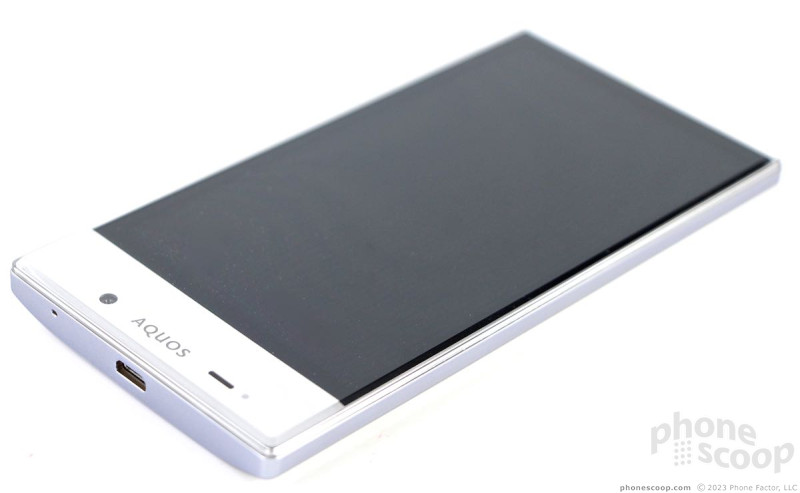















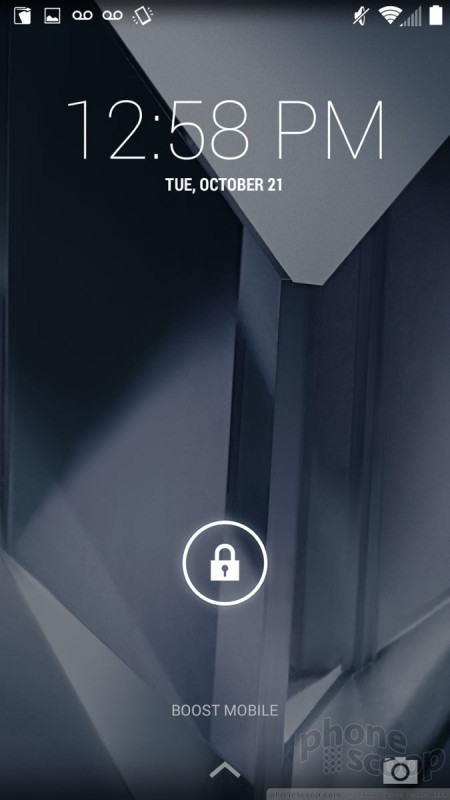






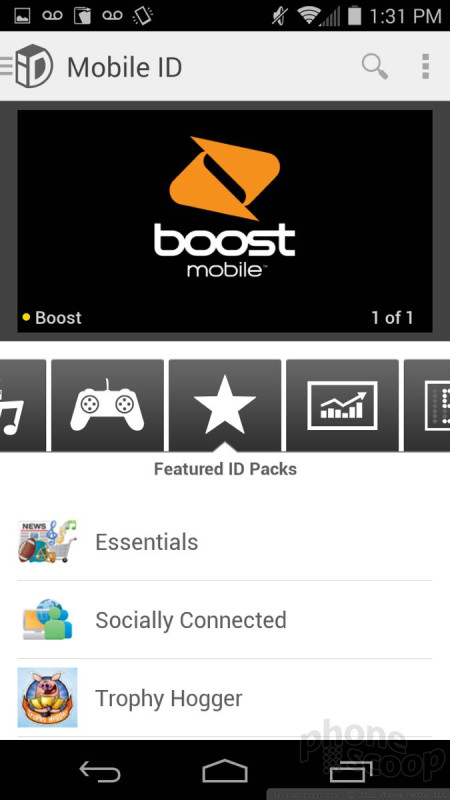



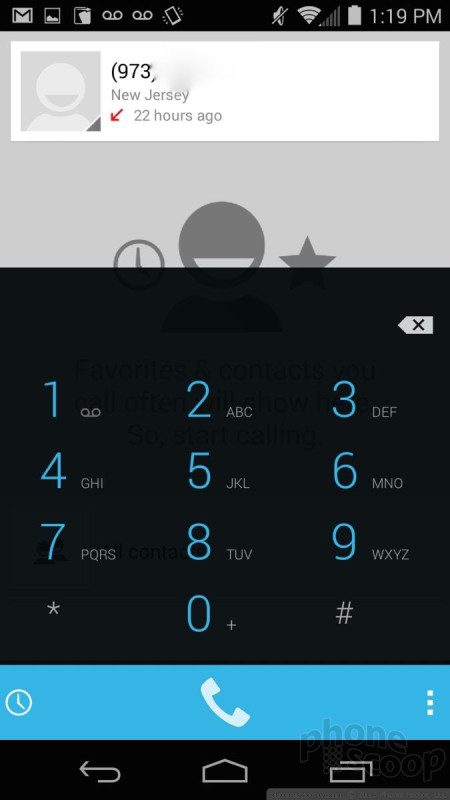




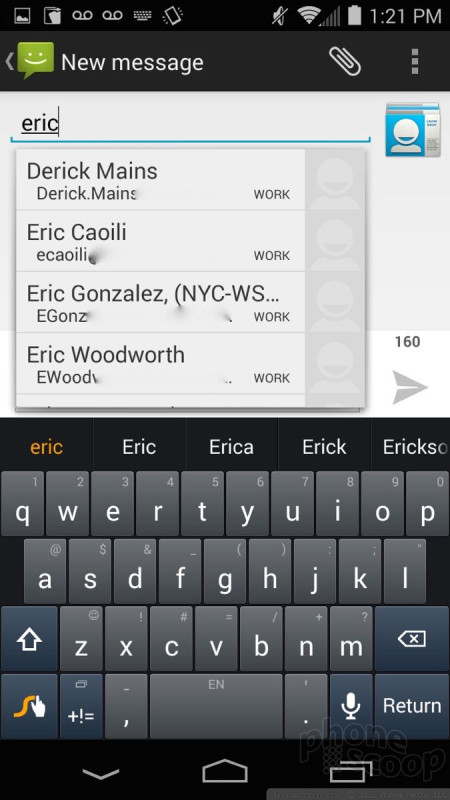




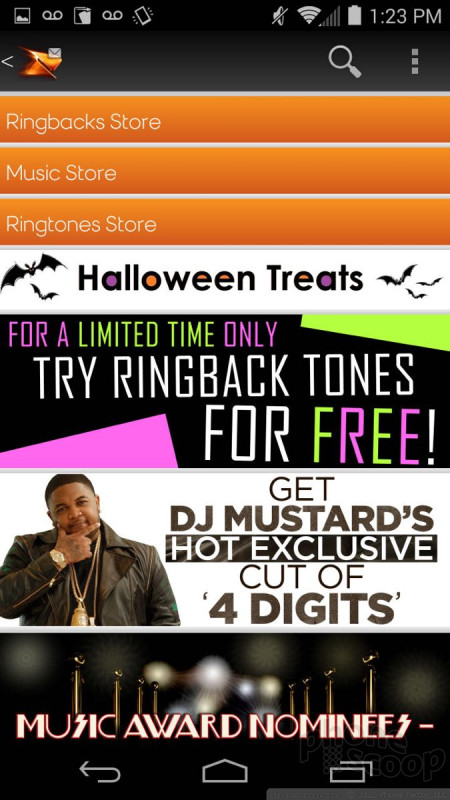




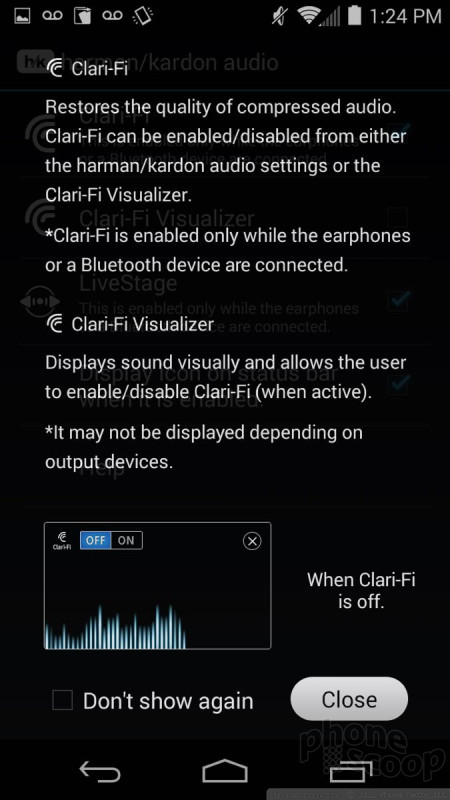


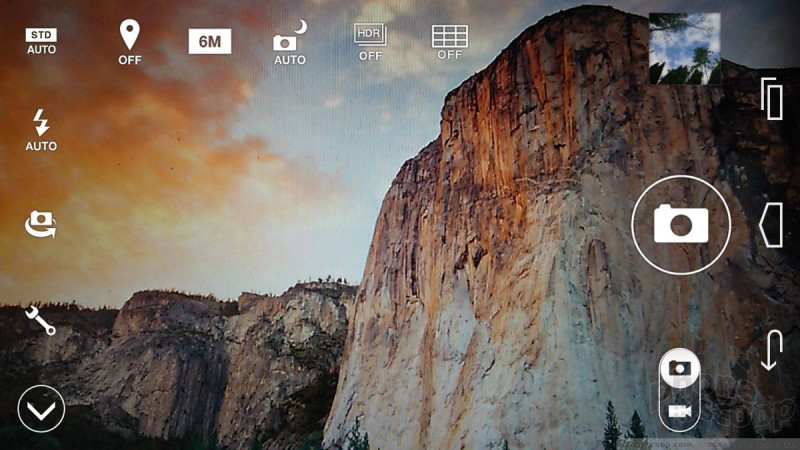





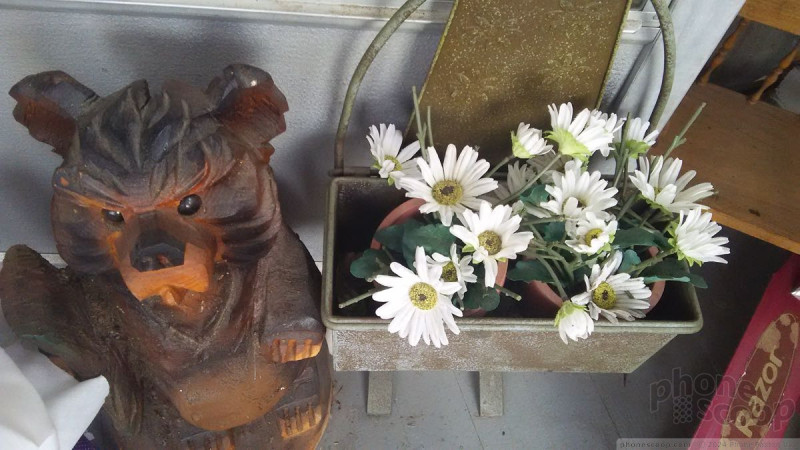











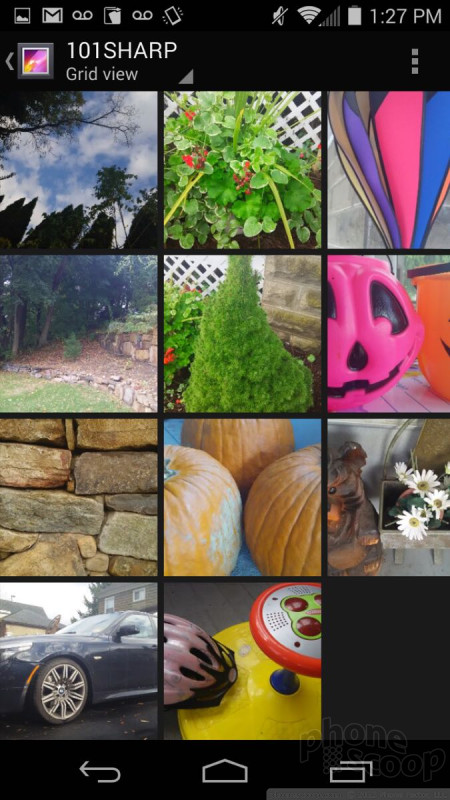






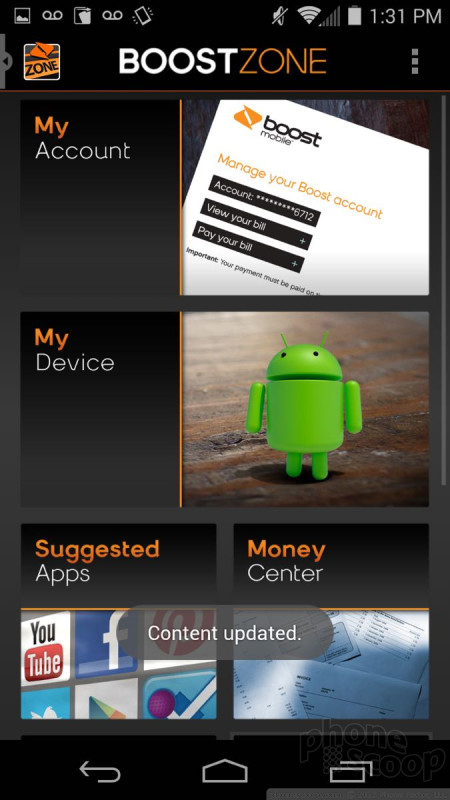


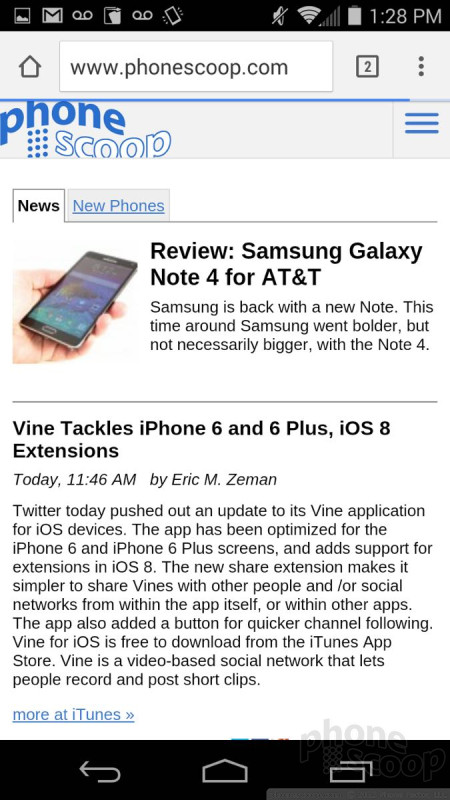




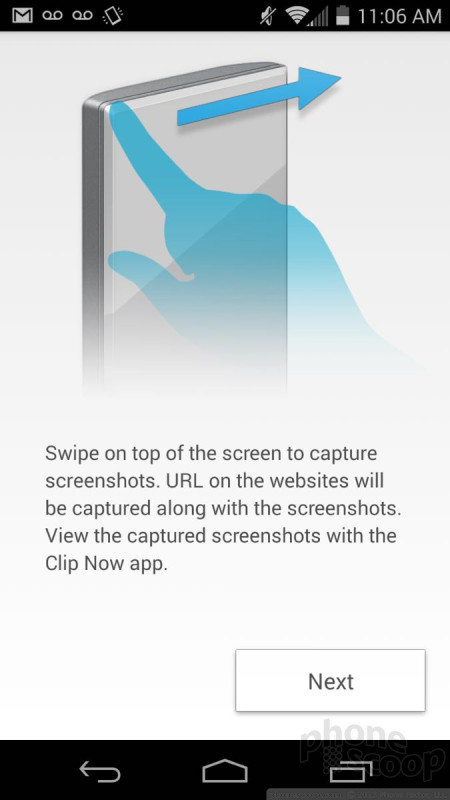



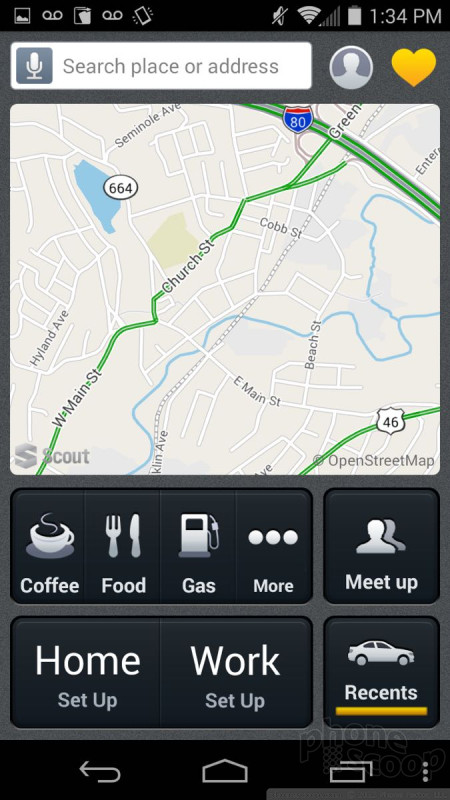




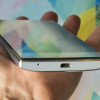 Hands-On: Sharp Aquos Crystal for Sprint
Hands-On: Sharp Aquos Crystal for Sprint
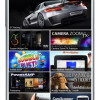 Sprint Formally Debuts Sharp Aquos Crystal
Sprint Formally Debuts Sharp Aquos Crystal
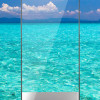 SoftBank and Sprint Working with Sharp on Edgeless Phone
SoftBank and Sprint Working with Sharp on Edgeless Phone
 Sharp Aquos Crystal
Sharp Aquos Crystal







